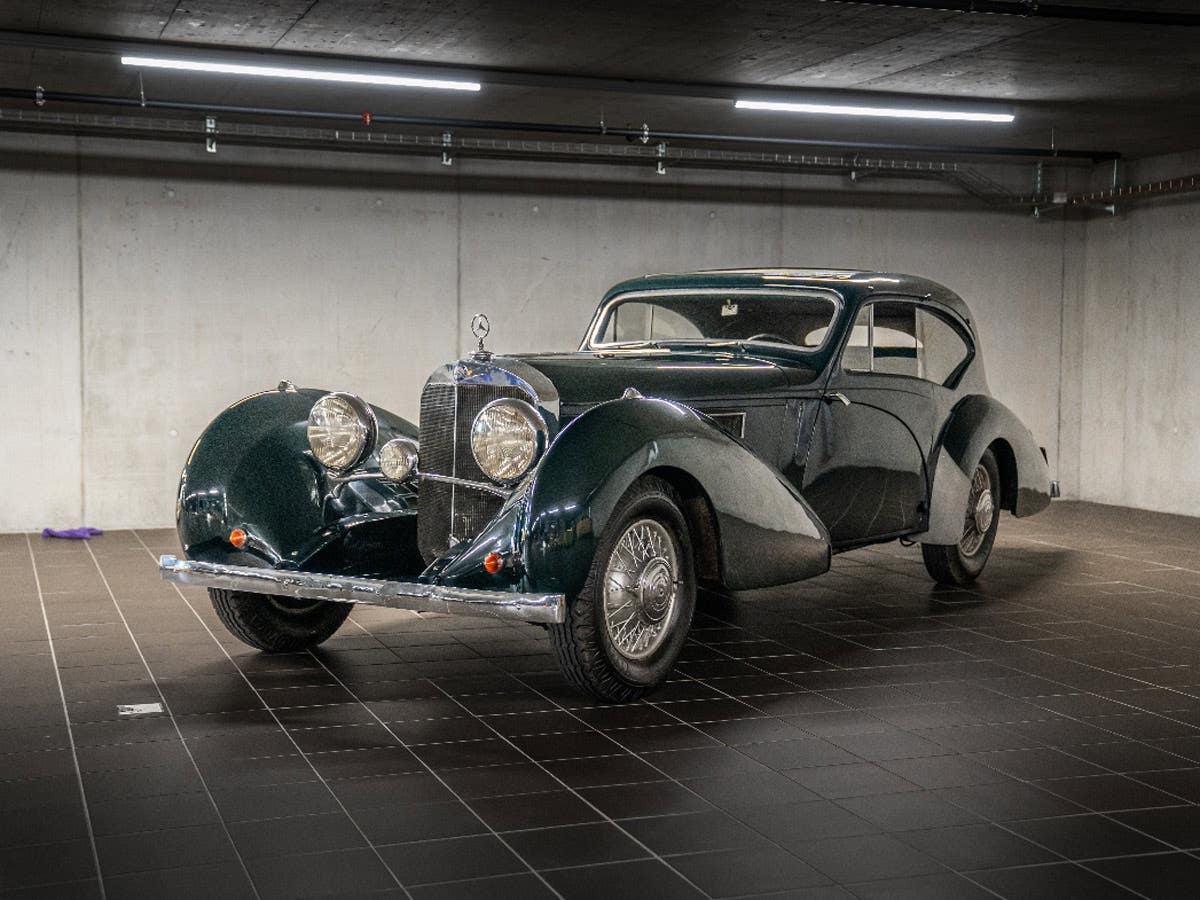Independents’ Day
This being the 4th of July or Independence Day, I suppose I ought to do a play on words and write something about the automakers everyone called “Independents.” Actually, you…
This being the 4th of July or Independence Day, I suppose I ought to do a play on words and write something about the automakers everyone called "Independents."
Actually, you almost have to wonder where that name comes from. Few of these companies were really independent. Studebaker merged with Packard, Nash and Hudson joined forces and Joe Frazer knew he couldn't build a car without Henry Kaiser's help. On the other hand, back in the '30s and '40s, the divisions of General Motors like Chevy, Buick, Pontiac, Olds and Cadillac were pretty independent. In fact, they actually competed for sales. And in the Chrysler stable, Dodge and Plymouth seemed pretty "independent" of the mother ship, too.
I can see calling the smaller automakers "orphan" brands, but I never thought the "independents" label really fit.
However you describe the smaller automakers, the cars they made were truly unique, interesting and special. Orphan car makers gave us such prizes as the Coffin-nose Cord, the Bullet-nose Studebaker, the Bathtub Hudson, the Packard-Darrin and the Tucker Torpedo. In the classic-car era, companies like Duesenberg, Marmon and Pierce-Arrow built the best. After World war II, the "minor" players were the first to bring all-new postwar designs to market.
If I had my way, I'd drop that independents image and start calling these cars the "creatives" or the "innovators." Nice, positive terms like those would do a better job of telling the true story behind America's real grassroots automakers.







